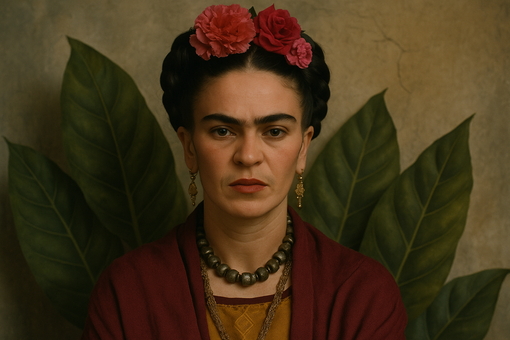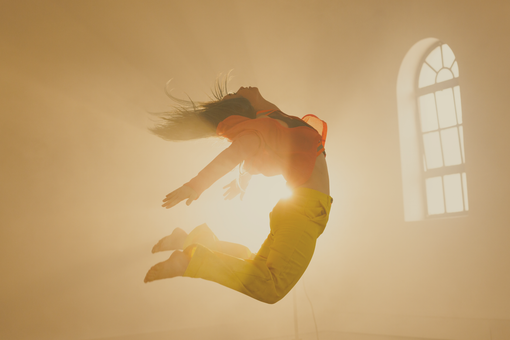Dance therapy is not a classical dance class nor an artistic performance. It is a space for expression where movement becomes a language, a tool to release emotions, regain energy, and restore a deep connection with oneself.
What is dance therapy?
Dance therapy is based on a simple idea: the body retains memories of our experiences, our joys as well as our wounds. When words are lacking or seem insufficient, movement allows for another avenue of expression. It is not about learning steps, but about letting a spontaneous gesture emerge, adapted to each person, that reflects the inner state.
This practice is used in many contexts: psychological support, personal development, stress management, but also in the search for creativity and vitality in daily life.
How does it work in practice?
A dance therapy session takes place in a supportive environment, either individually or in a group. It may include:
🔵A time for exchange to open the session, allowing feelings to be welcomed before giving way to movement.
🔵Gentle warm-ups to awaken the body and become aware of sensations;
🔵Free movement exercises, guided by music or silence, to express the emotions of the moment;
🔵Body games like mirroring (reflecting a partner's gestures) to strengthen the feeling of being recognized and connected;
🔵A time for integration where participants can share their feelings verbally or simply remain in silence.
Each session is unique, as it adapts to the needs and experiences of those participating.
Why movement helps to release emotions
Research in neuroscience shows that movement acts directly on the nervous system. Moving allows to:
🔵Release physical tensions accumulated from stress;
🔵Stimulate well-being hormones like endorphins and dopamine, promoting natural calming;
🔵Give form to emotions (anger, sadness, joy, fear) in a symbolic and safe way;
🔵Strengthen the feeling of presence: returning to "the here and now" through the body rather than remaining trapped in the mind.
According to the American Dance Therapy Association, this approach promotes both emotional health and physical vitality.
The benefits of regular practice
Dance therapy is accessible to everyone, regardless of age or physical condition. Its benefits, observed in many practices, include:
🔵A better emotional balance through body expression;
🔵A reduction of stress and anxiety through the release of tensions;
🔵A greater self-confidence, as the body becomes an ally rather than a constraint;
🔵A strengthening of social bonds in collective practices, thanks to sharing and mutual listening.
My support: offering a liberating movement space
I support individuals and groups who wish to explore dance therapy as a path to liberation and calming. Specifically, my sessions offer:
🔵A time for exchange and meditation, to set intentions, share one's current state, and establish a safe framework.
🔵Guided free movements to allow the body to express what sometimes cannot be said;
🔵Simple body rituals to regain grounding, energy, and serenity in daily life;
🔵Supportive exchange spaces to integrate bodily experiences and make them a lasting resource.
Move to regain balance
Dance therapy requires neither technique nor performance. It simply invites you to listen to your body, follow your rhythm, and let movement open new paths. Accessible to all, it reminds us of a truth too often forgotten: sometimes, to feel better, all it takes is to start moving.
What if your next step became a gateway to more inner freedom?




